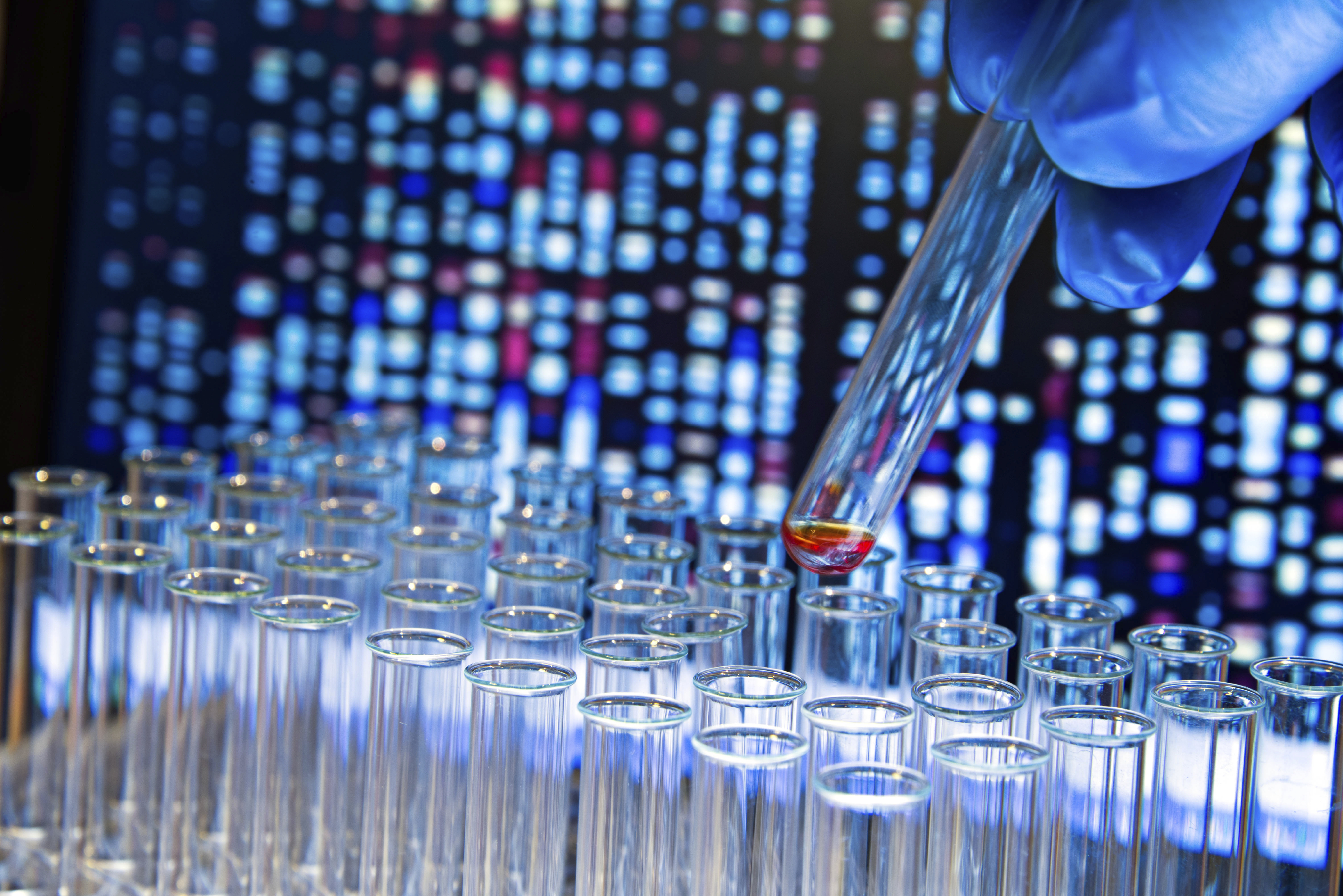By Gwen Schanker, Journalism and Biology, 2018
In 2006, James Aggen was named the lead chemist of a drug discovery project at Achaogen, a pharmaceutical company whose primary goal is to develop antidotes for multidrug-resistant (MDR) Gram-negative bacterial infections. That tongue twister describes illnesses caused by bacteria undeterred by current treatment options. With the growing problem of bacterial resistance due to antibiotic overuse, these infections are becoming steadily harder to treat.
The team’s plan was to restructure aminoglycosides, a class of therapeutic agents traditionally used against Gram-negative bacteria, so they become less sensitive to common resistance mechanisms. A year into the project – after trying about 500 structural analogs – Aggen’s team discovered plazomicin, which became the company’s lead product candidate.
“We confirmed in preclinical experiments that plazomicin maintained effectiveness with many multidrug-resistant bacteria,” Aggen said. The drug has since gone through two rounds of clinical testing and has so far been well tolerated and efficacious. Aggen is now an associate professor of chemistry and pharmaceutical sciences in the College of Science and the Bouvé College of Health Sciences at Northeastern University.
In May, Achaogen announced two phase 3 trials for plazomicin. The first, Combating Antibiotic Resistant Enterobacteriaceae (CARE), will evaluate the compound’s success in patients with bacterial infections caused by a member of the Enterobacteriaceae family. The second examines the effectiveness of plazomicin in targeting complicated urinary tract infections (cUTIs).

James Aggen is an associate professor of chemistry and pharmaceutical sciences in the College of Science and the Bouvé College of Health Sciences.
These trials are a big step in the fight against MDR infections, but this is a battle in which many companies are disinclined to take part. “It’s been very complicated,” Aggen said, mentioning that while trials are expensive, antibiotics historically are priced very low – around $2,000 per treatment course. Compare this to medicines for other types of illnesses such as Gilead’s new Hepatitis C drug Sovaldi, which costs more than $80,000 for 12 weeks of treatment.
“There’s a big need out there [for new antibiotics], but it’s a risky business,” Aggen said of the current research on treatments for MDR infections. He also noted that lack of public awareness of bacterial illnesses has contributed to companies’ disinclination to invest.
“Because the infections are short-term, we haven’t seen patient advocacy groups emerge,” he said. “Those groups can make a big difference.”
Results of the Phase 3 efficacy of plazomicin for cUTIs are expected in 2017, and the CARE study will finish by 2018. While Aggen continues to track plazomicin’s progress, he’s turned his focus from industry to academics. His lab team at Northeastern, part of the university’s Integrated Initiative for Global Health, is developing drug molecules that can permeate Gram-negative bacteria rather than facing resistance.
Aggen’s team measures permeation rates in a broad set of molecules through collaboration with the University of Oklahoma, and tests known classes of Gram-positive drugs on the Northeastern campus. The goal is to establish “rules of entry” for chemical designers who hope to penetrate these bacteria, advancing an area of drug discovery research that Aggen says has been stunted for the last 15 years.
Though he grapples with a slower timeline and resource limitations in the academic world, Aggen is able to “steer his own ship” in his work at Northeastern.
“In academics, we can pursue projects that companies view as being too unpredictable,” he said. “This is something I really felt needed to be tried, and part of why I came to Northeastern was having a chance to give this project a go.”
Whether he’s working at a lab in Achaogen or in Mugar, Aggen is truly passionate about drug discovery.
“Antibacterials are one of the areas of pharmaceutical research where you can actually cure somebody and make them whole again,” he said. “That carries special meaning for me.”

